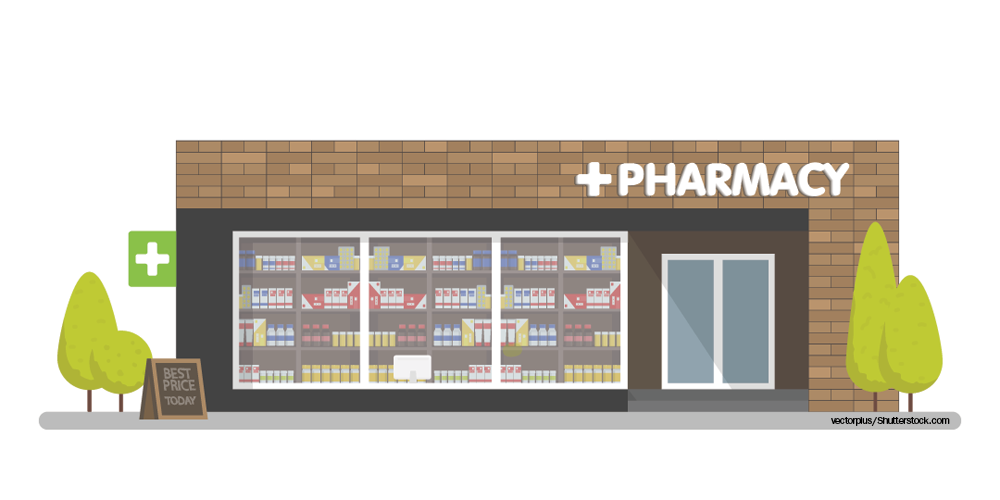Altering Drug Dosages Can Benefit Patient’s Pockets
Researchers suggest changing cancer drug regimens could save money without sacrificing quality.

Not all cancer patients are the same, so why should their drug regimens be?
Cancer care is notoriously expensive, and researchers are investigating ways to cut back on drug costs without sacrificing outcomes.
In commentary published in JAMA Oncology, experts discuss four strategies for interventional pharmoeconomics and how this could help lower cancer care costs while maintaining therapeutic efficacy. Interventional pharmoeconomics investigates ways to make small changes to approved regimens for the same effect.
The first method discussed in the commentary is lowering doses of oncology drugs. The authors give several examples of standard doses of medications compared to reduced doses, as well as offering medication under fasting conditions versus with food.
A second strategy is to change the frequency of dosing. This could reduce both prescribing costs and adverse effects, according to the authors.
Other methods include shorter durations of treatment and therapeutic substitution with approved alternatives.
Related: Managing the Financial Fallout of Cancer Care
Mark J. Ratain, MD, the Leon O. Jacobson professor of medicine, director of the Center for Personalized Therapeutics and associate director of clinical sciences at the Comprehensive Cancer Center at the University of Chicago Medical Center, was one of the commentary authors, and has led other studies investigating the idea of modifying treatment regimens to reduce cost.
In a study in the Annals of Oncology, Ratain and colleagues revealed that many oral oncology medications are given in doses that are beyond what patients really need, opening the door to value-based dosing.
The study found that the cost of 33 of the 53 oral oncology drugs investigated by the research team could be reduced by 33% or more-with savings of 50% or more possible in 26 of the drugs.
The research team used many of the same methods mentioned in the commentary published in JAMA Oncology, and estimated global savings at more than $12 billion per year.
Daniel A. Goldstein, MD, of a medical oncologist at Rabin Medical Center in Isreal and lecturer at Tel Aviv University, co-authored the commentary with Ratain, and says there are a number of medications that may be able to transition to weight-based dosing instead of a standard dose, such as pembrolizumab. This medication, if changed to weight-based prescribing, has the potential to save lung cancer patients $800 million in the U.S. alone.
“There’s also a number of other drugs where if you take them with food instead of on an empty stomach, you can increase absorption and reduce the dose,” Goldstein says. “We’re trying to work with healthcare payers to develop these studies. If we can prove it, that’s in the interest of healthcare payers.”
“Managed care executives concerned about pharmaceutical costs, particularly in oncology, should consider the opportunity to use results of interventional pharmacoeconomic studies in designing copayment structures,” Ratain says. “Furthermore, such studies are potentially self-funding, since 50% of patients in a randomized trial would receive a much lower dosage. Thus, a network of payers is ideally suited to conduct interventional pharmacoeconomic studies, and to implement the subsequent findings.”
Rachael Zimlich, RN, is a writer in Columbia Station, Ohio.